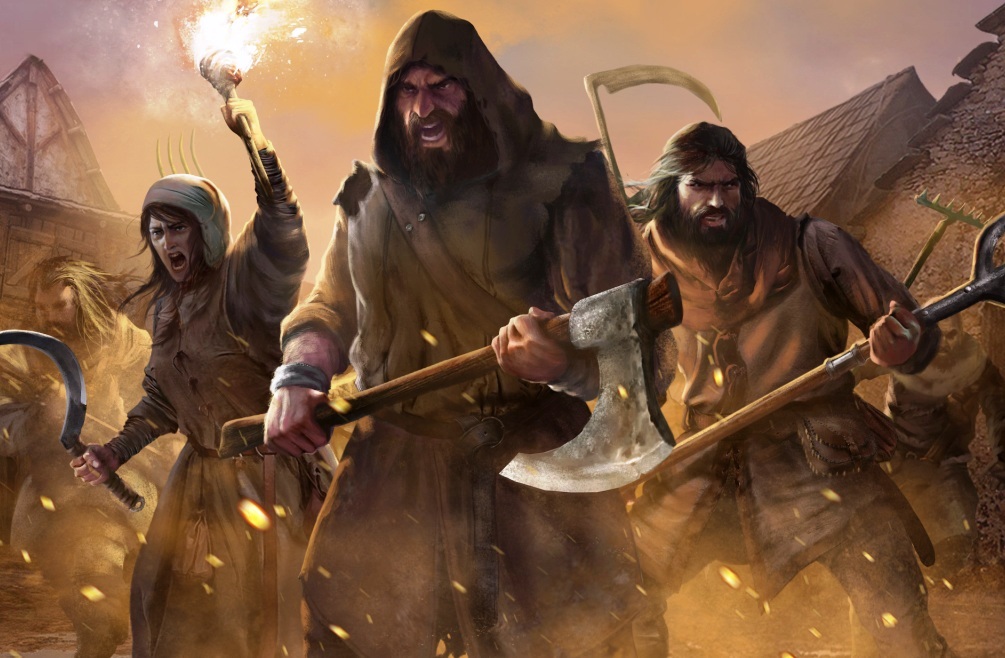Difference between revisions of "Grassroots Movement (sage ability)"
Tao alexis (talk | contribs) |
Tao alexis (talk | contribs) |
||
| Line 14: | Line 14: | ||
== Step Two: Petition == | == Step Two: Petition == | ||
| − | + | Following the march, the character circulates a written request or supplication to be presented to the local authority. Typically written on parchment, the text is drafted in formal and respectful language, with a concise statement of the petitioner's purpose. | |
Revision as of 21:38, 27 October 2023
Grassroots movement is an authority-status sage ability in the study of History which is accessible to the character within a geographical sphere where 30 or more points of knowledge is had.
Possessing a deep knowledge of history, particularly the accounts of grassroots movements in ages past, the character gains a unique ability to intuitively recognise and foment political issues already present in local communities. Common issues include oppressive taxation, land rights, unfair labor conditions, unfair treatment by feudal lords, economic hardship, disputes with the church. Through speeches and financial contributions, the character is able so organise, protests, petitions, boycotts, refusal to pay taxes or even outright rebellions.
The dungeon master should provide the character with knowledge about which political issue offers the best choice for building a movement.
Step One: the First March
When planning the initial movement, the character should select a type-4 hex, which typically includes a moderate-sized village, potentially a settlement. The first step involves organizing a simple protest where local commoners are encouraged to gather and move through the village's streets. They should carry makeshift standards and, possibly, a few signs to express their grievances to the local authorities.
To initiate this process, the character must allocate a budget of 1 silver piece per resident and then roll 1d4 + 1 to determine how many days is needed for meeting and discussing with members of the community while disbursing the aforementioned coins. At the end of this designated period, a march is scheduled for a week later. During this march, a crowd forms with a size of 1d6 persons per experience level of the character. If this crowd reaches a size of 21 or more, the character is allowed to make a charisma check. If the charisma check fails, or the crowd size doesn't permit it, then the event is a failure.
If the charisma check is successful, the local authority will agree to address the crowd. Subsequently, a parley takes place between the authority, the character and two other prominent members of the crowd. This parley cannot yield immediate results, but it serves as a means for these parties to meet and become acquainted with each other.
Step Two: Petition
Following the march, the character circulates a written request or supplication to be presented to the local authority. Typically written on parchment, the text is drafted in formal and respectful language, with a concise statement of the petitioner's purpose.
